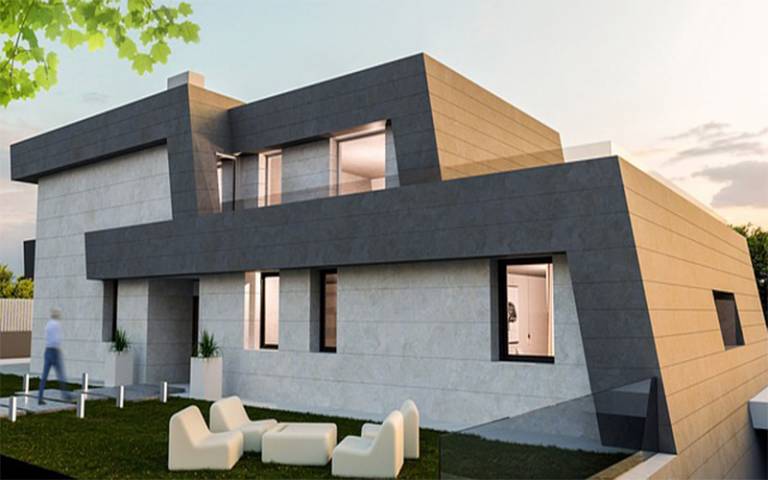Impressions from a Passivhaus Trust event
21 February 2018
New Year’s debate: are Passivhaus buildings healthy?

The Passivhaus Trust New Year's Debate 2018, which took place at the Keyworth Centre, London South Bank University, on January 31st 2018, was a heated exploration of whether Passivhaus criteria are sufficient to ensure a healthy environment for the occupants or whether more criteria need to be met, such as the emissions of chemicals from building materials.
The Passivhaus Standard, is a rigorous building energy performance standard and an approach to design and construction, which includes the use of an energy balance calculation tool, the Passive House Planning Package (PHPP). The certification criteria include low U-values of elements, high envelope airtightness, use of passive solar gains, and energy efficient systems for mechanical ventilation and heat recovery (MVHR).
Among the delegates were prospective home owners, indoor environment quality consultants, Passivhaus designers with years of experience and broad portfolio of projects, students including a few from the MSc in Health Wellbeing and Sustainable Buildings at UCL Institute for Environmental Design and Engineering.
The speakers were divided in ‘Passivhaus is enough’ and ‘Passivhaus is not enough’ teams. Alex Baines from Design Buro explored how Passivhaus criteria contribute to a healthier indoor environment: MVHR provides adequate supply of fresh air without compromising thermal comfort or noise levels, filtering of outdoor polluted air can limit exposure to traffic related pollutants, a thermal bridge free envelope prevents condensation problems and mould growth and other. Richard Dudzicki from RDA Architects, described aspects of the healthy indoor environment in Passivhaus residential projects by RDA, including his own house.
For the Passivhaus is not enough team, Chryssa Thoua from UCL IEDE and Architype argued that when it comes to indoor air quality the finishing materials palette can have a significant effect on the exposure of occupants to pollutants. As guidelines for indoor air quality procedures include source elimination as well as ventilation, Passivhaus criteria need to expand to include material emissions characteristics. For the same team, Ed Wealand from Cundall and WELL Building Standard discussed various aspects of the indoor environment known to influence health and wellbeing in buildings which are not included as Passivhaus certification criteria.
Finally, Ed discussed that the current Passivhaus requirements for use of solar gains need to be carefully considered in order to manage overheating and glare from sunlight risk, under the current and future climates. Following the Q&A Jon Bootland from Passivhaus Trust asked the audience three questions to determine the outcome of the debate. Almost all of the 60 plus delegates, raised their hands to vote ‘yes’ to the question asked by Jon Bootland (Passivhaus Trust):
Can Passivhaus help you achieve a healthy building?“
The majority agreed that achieving Passivhaus is not sufficient to guarantee a healthy building, but a Passivhaus building is more likely to provide a healthier indoor environment compared to a typical regulation-compliant building.
Events like this debate, with a high turn-out, reflect the increasing awareness on the effect of the built environment on occupant health and wellbeing. The effect of indoor environmental quality on health and wellbeing seems to have become a frequent concern and requirement amongst clients and designers, gaining ground against energy efficiency and embodied carbon.
Presentations from the debate:
- Alex Baines, The Design Buro
- Chryssa Thoua, Architype
- Richard Dudzicki, RDA
- Ed Wealend, Cundal
 Close
Close

